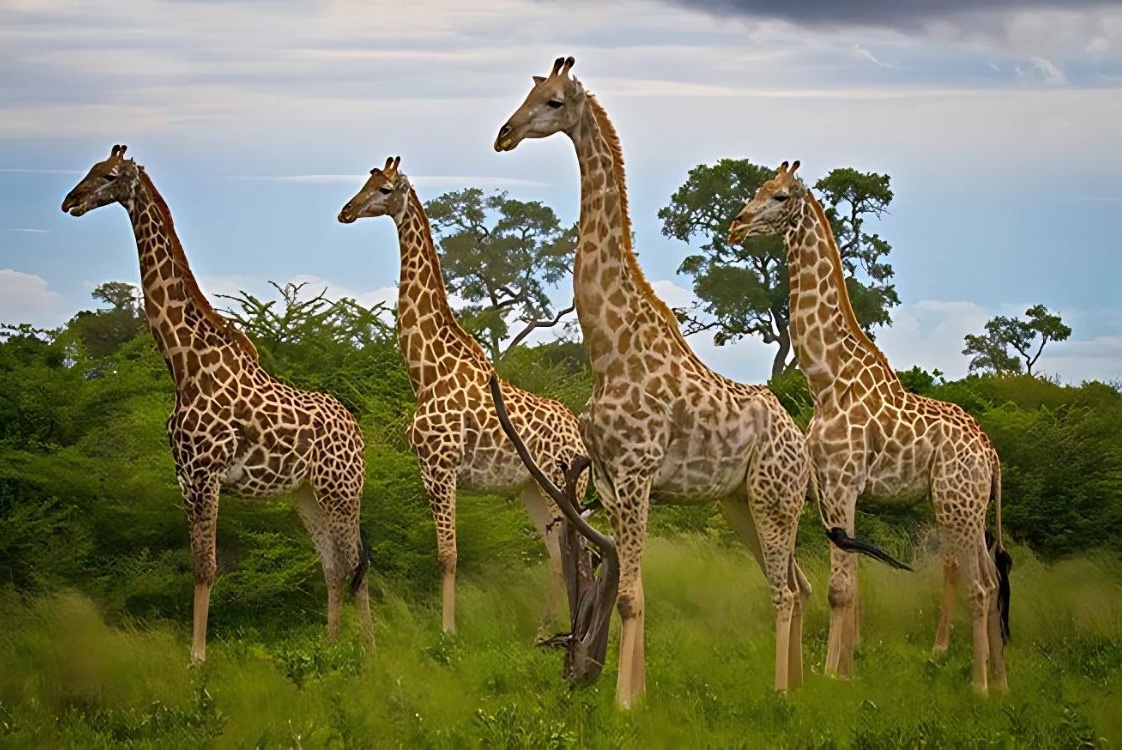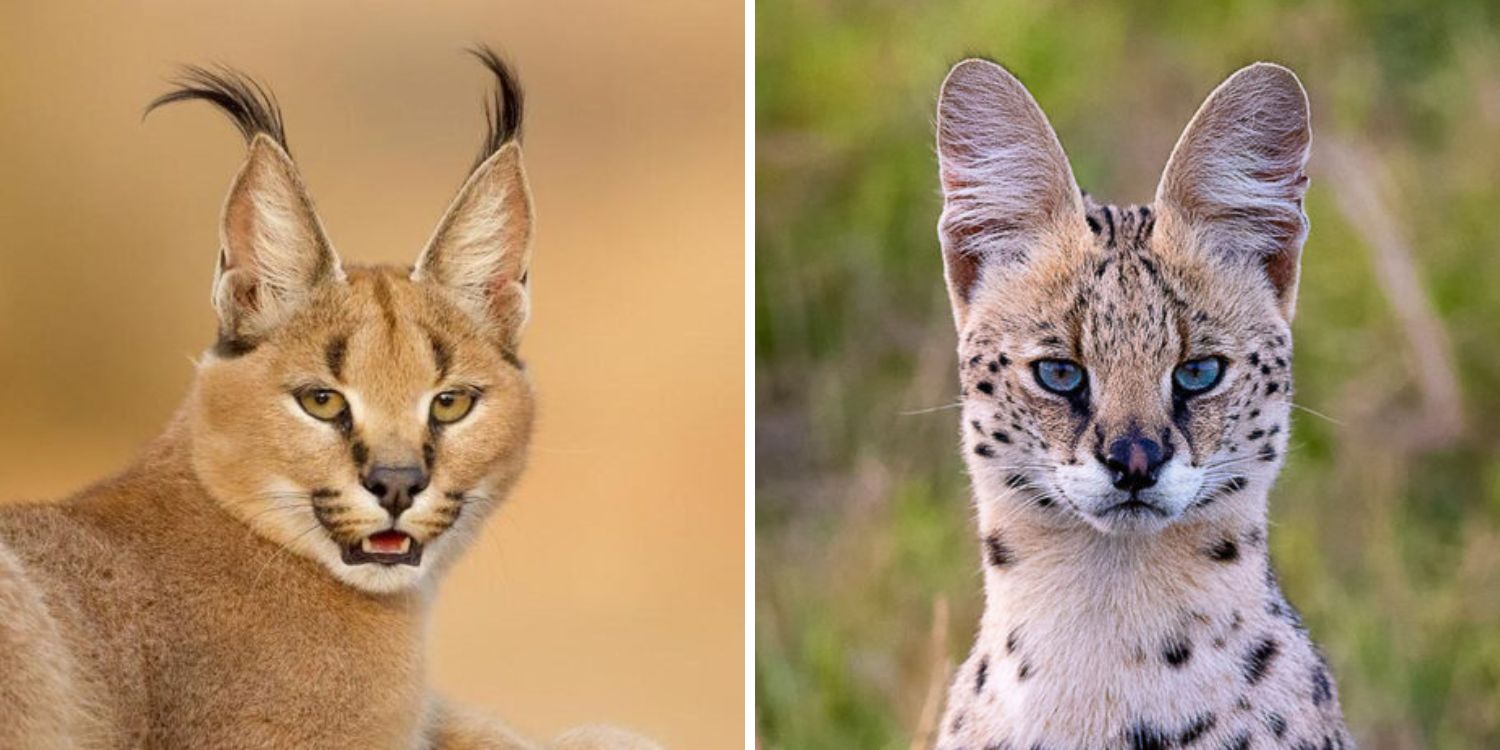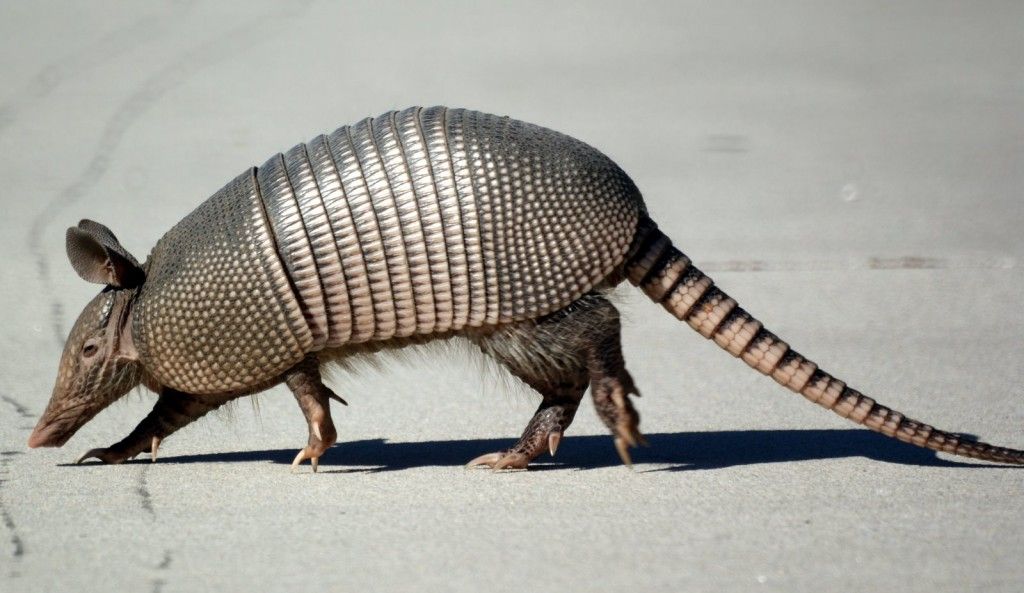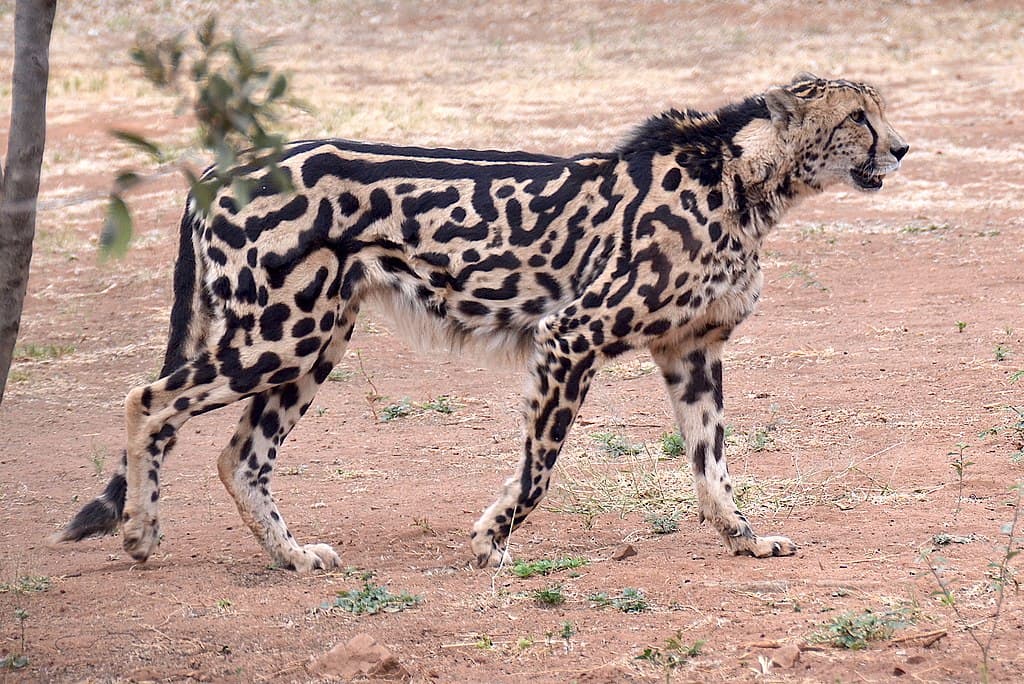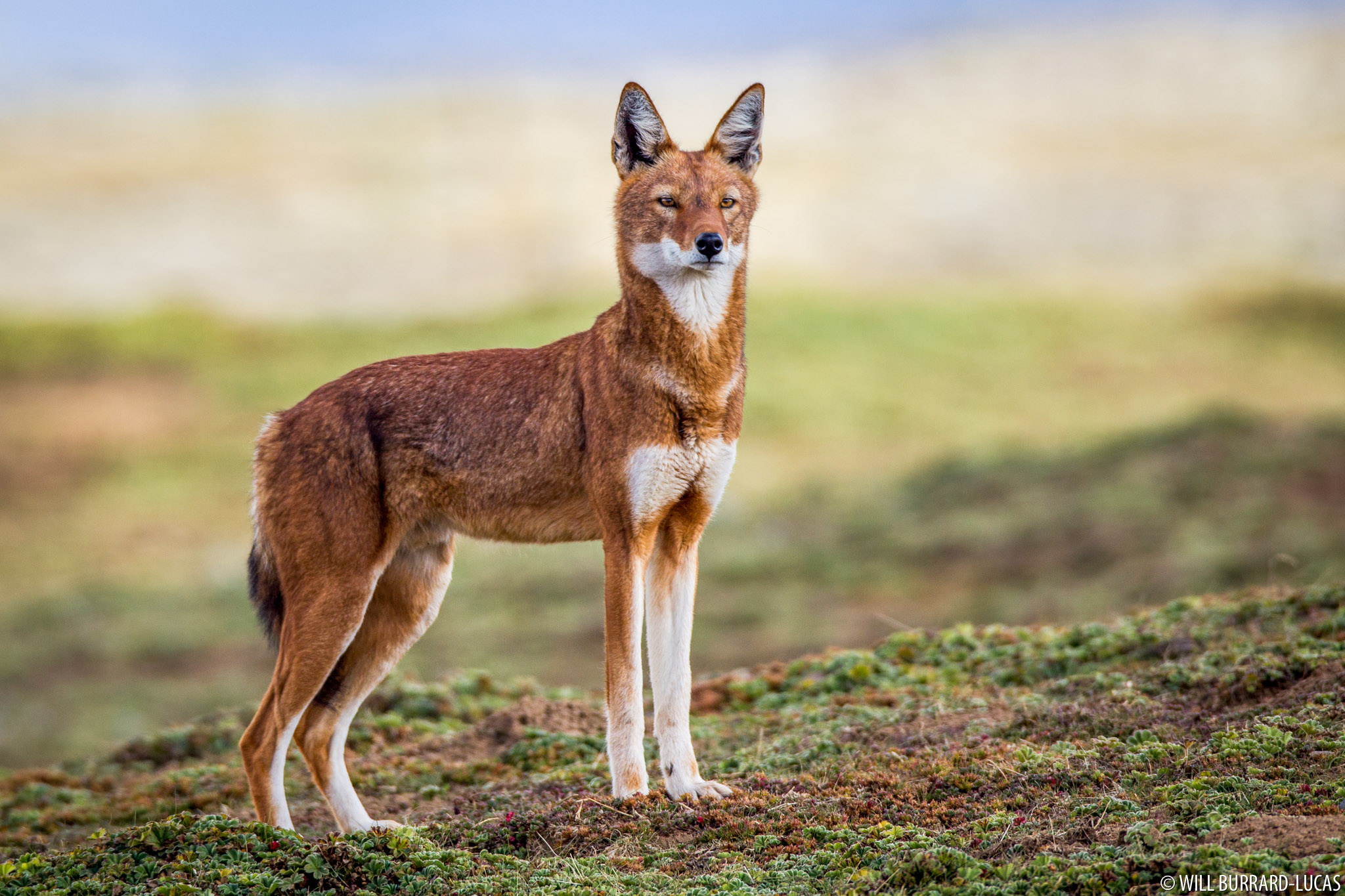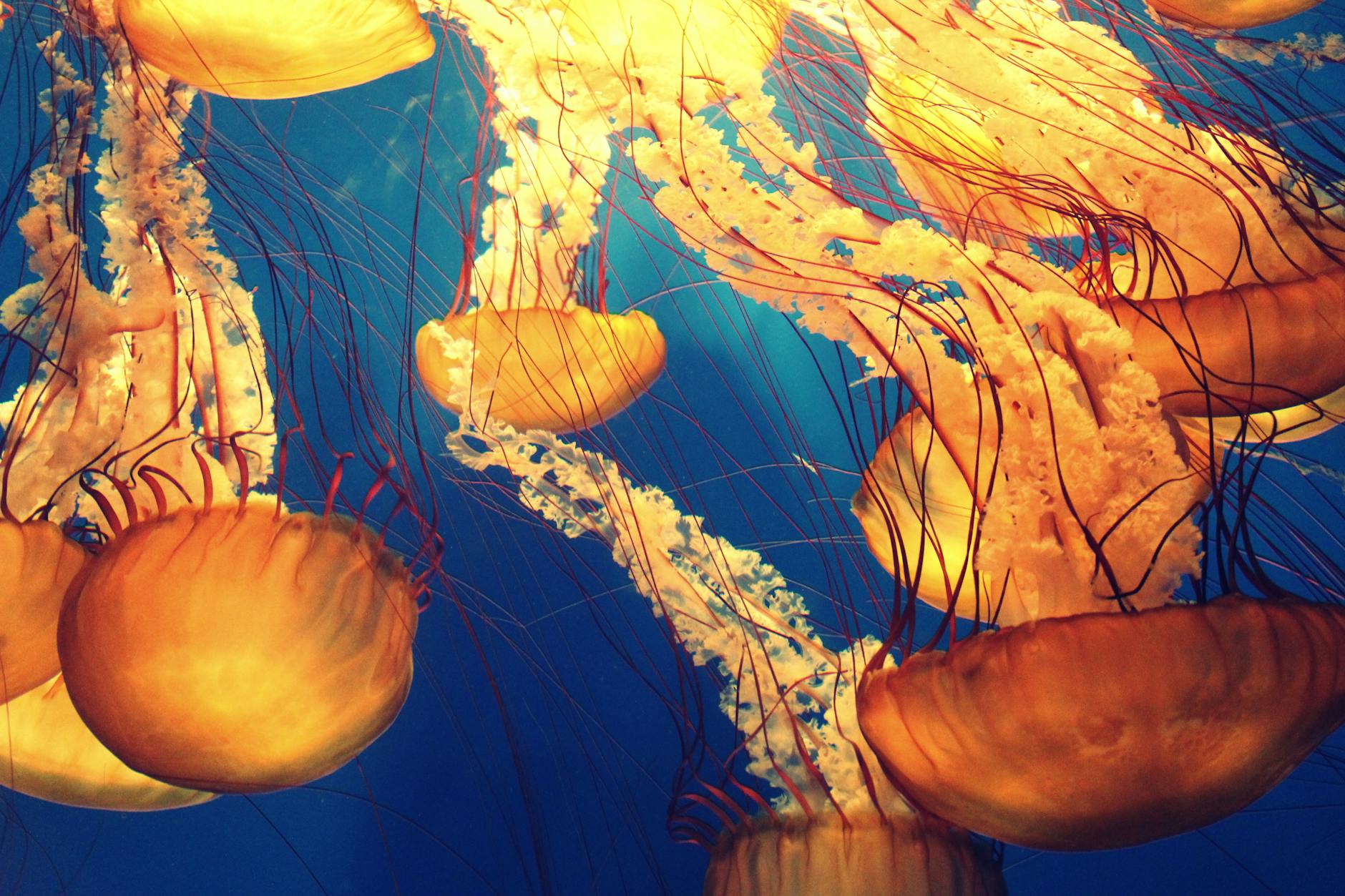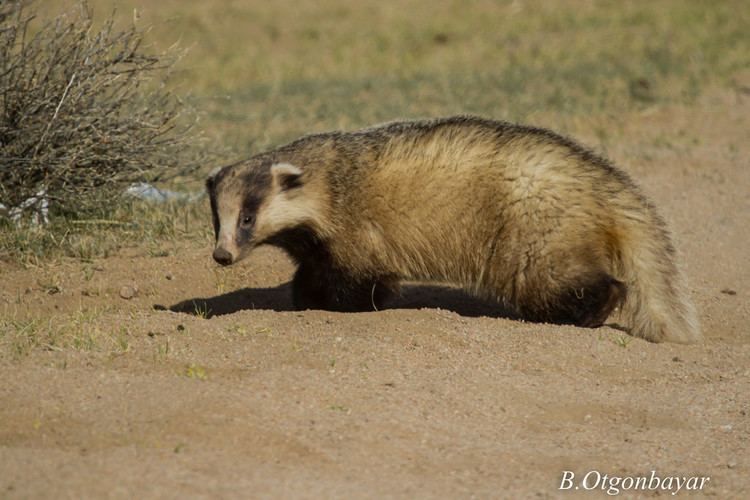
More Than Just a Stripe: Unearthing the Secrets of Asian Badgers
When most people think of badgers, the iconic black and white striped face of the European badger often comes to mind. But venture further east across the vast continent of Asia, and you’ll discover a fascinating diversity of badgers, each with its own unique charm and adaptations. Let’s delve into the world of “Asian badgers,” a term that encompasses several intriguing species!
While the “Asian badger” often refers specifically to Meles leucurus (also known as the sand badger or Siberian badger), it’s important to remember that Asia is also home to the Japanese badger (Meles anakuma), as well as a variety of hog badgers (Arctonyx species) and ferret-badgers (Melogale species). Today, we’ll primarily focus on Meles leucurus, the Asian badger proper, which holds a vast range across the continent.
The Asian Badger (Meles leucurus): A Resilient Nomad
The Asian badger (Meles leucurus) is a close cousin to the European badger, but with some subtle distinctions. Generally, they tend to be a bit smaller and often lighter in coloration, with a grayish-silver coat and facial stripes that can be more brownish than black. Their range is incredibly expansive, stretching from eastern Europe and Russia all the way through Mongolia, China, and the Korean Peninsula.
Habitat Hopping: What’s truly remarkable about the Asian badger is its adaptability to diverse environments. You can find them in:
- Forests: Deciduous, coniferous, and mixed woodlands.
- Steppes and Semi-deserts: Open grasslands and drier regions.
- Mountains: From sea level up to impressive altitudes in the Urals, Tian Shan, and Tibetan Plateau.
- Suburban Areas: They sometimes venture into human-populated areas, showcasing their resilience.
They are master excavators, always staying near a water source, and preferring well-drained soil for their intricate underground burrow systems known as “setts.” These setts can be quite extensive, with multiple entrances and tunnels, often passed down through generations.
What’s on the Menu? The Omnivorous Diet
Like many badger species, the Asian badger is a true omnivore, feasting on a wide variety of foods depending on what’s available in their specific habitat and season. Their diet can include:
- Invertebrates: Earthworms (a significant food source in many areas!), insects (especially beetles and their larvae), snails, and slugs.
- Small Vertebrates: Rodents, small birds and their eggs, reptiles, amphibians, and even fish.
- Plant Material: Berries, pine nuts, roots, bulbs, acorns, and various fruits.
This diverse palate allows them to thrive in varied ecosystems, making the most of seasonal abundances.
Life in the Sett: Behavior and Social Dynamics
Asian badgers are primarily nocturnal, emerging from their setts after dusk to forage. While often described as more solitary than their European counterparts, they can also be quite gregarious, forming communal groups that share large setts, especially in areas with ample food. Family groups may even hibernate together, with cubs born in the previous year sharing dens with adults.
Their keen sense of smell is crucial for locating food and navigating their environment in the dark. They are also known for their powerful digging abilities, using their strong forelimbs and elongated claws to excavate burrows and unearth prey.
Conservation and Challenges
Currently, the Asian badger is listed as “Least Concern” by the IUCN, thanks to its wide distribution. However, like many wildlife species, they face challenges such as habitat loss and fragmentation due to human development, as well as road fatalities. In some regions, they are also hunted, sometimes illegally, and in South Korea, they are used in traditional medicine and for cosmetic products.
Understanding and appreciating these fascinating creatures is vital for their continued survival. The Asian badger, with its adaptability, digging prowess, and varied diet, is a testament to the incredible diversity and resilience of nature found throughout the Asian continent.
Have you ever seen an Asian badger or learned something new about them today? Share your thoughts and this post on social media!
More photos below ↓



Disclaimer: This blog post is for edutainment purposes only and may not be entirely accurate.

